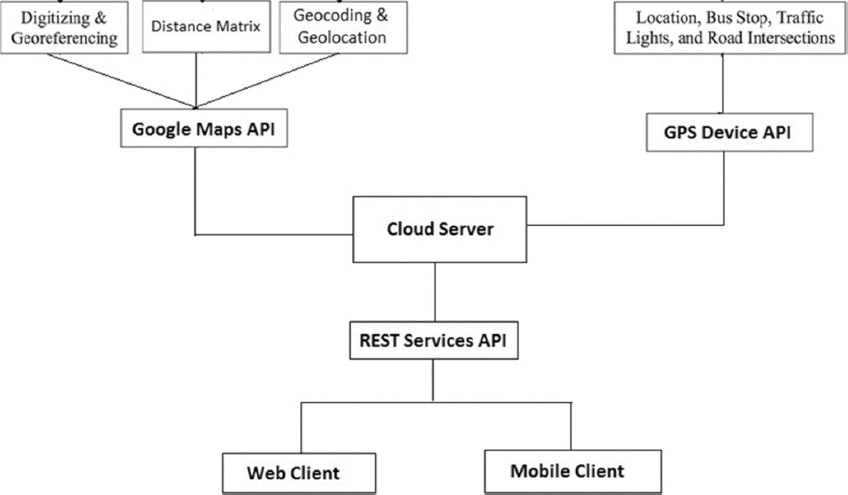Design of internet of things smart bus tracking system using geographical information system
Sounyo T. Emmanuel1*, Nkolika O. Nwazor2
1Centre for Information and Telecommunication Engineering, University of Port Harcourt, Port Harcourt, Rivers State, Nigeria; 2Department of Electronics and Computer Engineering, University of Port Harcourt, Port Harcourt, Rivers State, Nigeria
ABSTRACT
This paper is on the design of an Internet of Things Smart Bus tracking system. The system will aid its user in getting information on public bus system running in their vicinity. This makes it easier for a client/user to pick up a ride and the know route which these buses take and see the traffic possibilities with the aid of the GIS (Geographical Information System) and API (Application Programming Interface). The application is structured into modules where different activities occur depending on the needs of the client. The modules include action, concurrent, data-driven, logical and event driven modules. The application was designed using software development life cycle methodology. The software application was implemented using Java (Kotlin) for the front end and Apache CoucheDB for the backend and database system.
Keywords: Application programming interface, bus rapid transit, geographical information system, internet of things, Java, tracking systems




